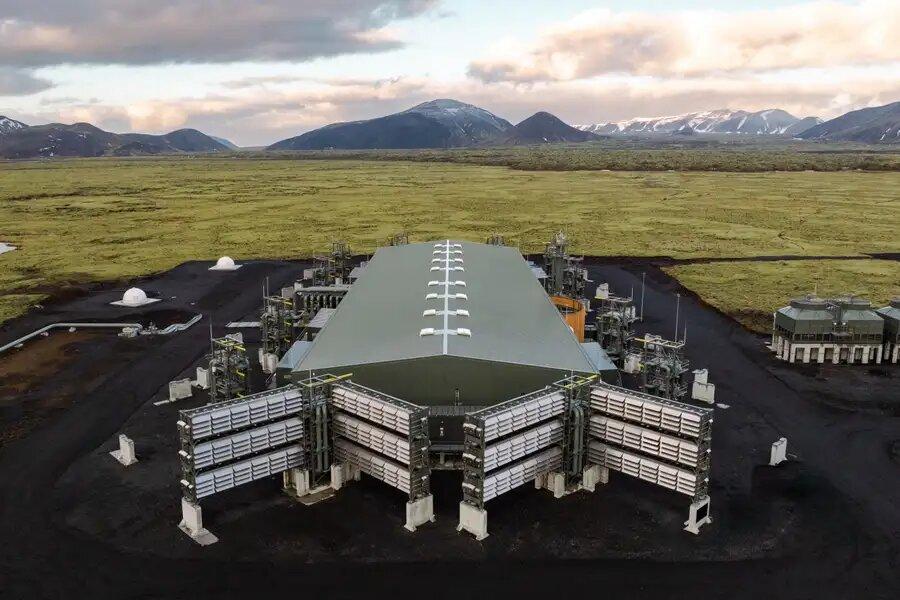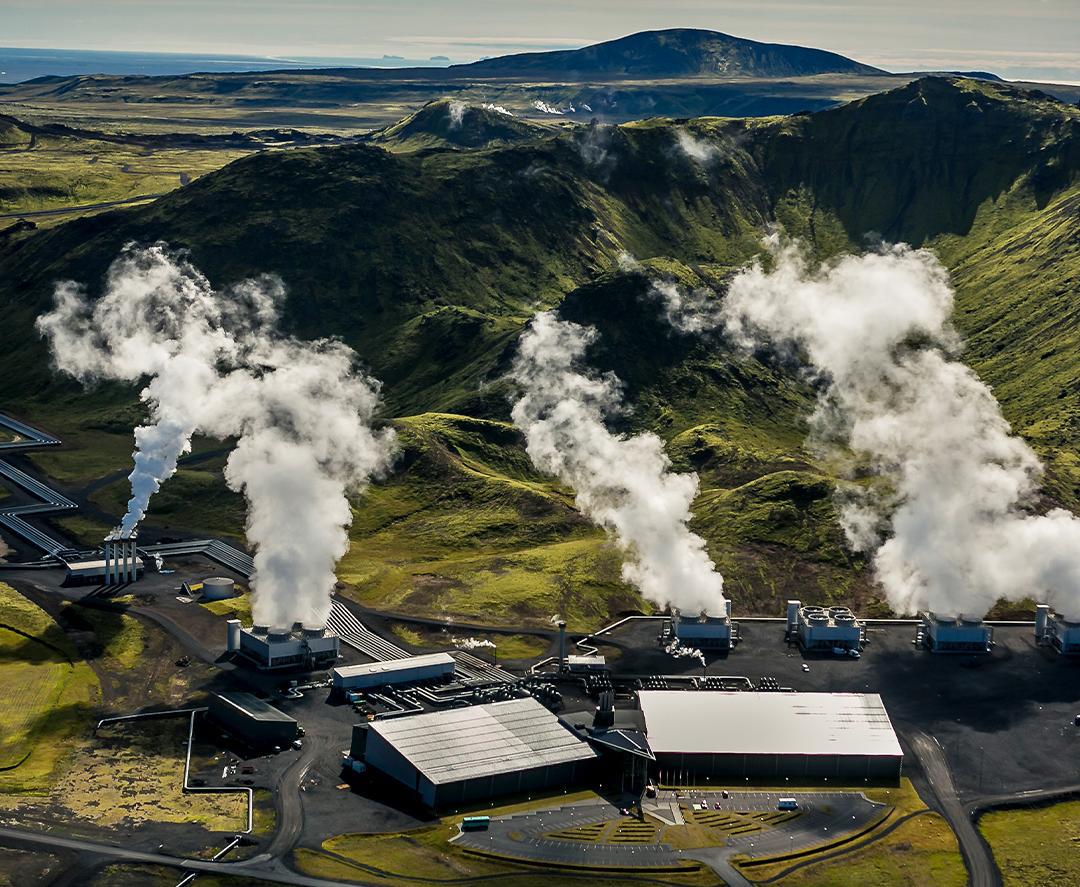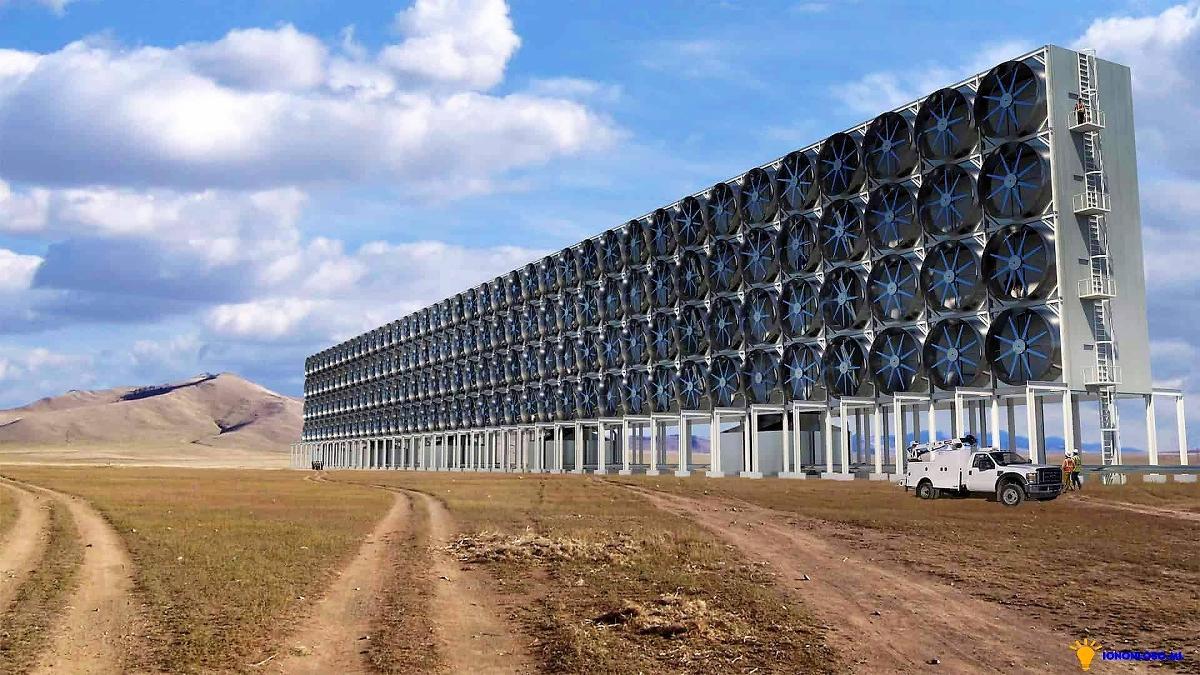A new carbon capture plant created by a Swiss company officially began operating in May, aiming to reduce harmful pollutants in the air.
Dubbed the ‘world’s largest’ vacuum, the plant in Iceland will work like a giant suction device pulling in tens of thousands of carbon dioxide from the air each year. But can it really reduce the effects of climate change? Let’s find out.
The Fight Against Climate Change

In recent years, companies around the world have been working on projects that could help humanity fight pollution and climate change.
Now, a Swiss company believes it has developed a plant that could help reduce the level of pollution in the earth’s atmosphere. It officially went to work cleaning up our air on Wednesday, May 8.
Carbon Capture Plant

Dubbed “Mammoth,” the new location in Iceland is the second commercial direct air capture plant of its kind. The Swiss company Climeworks carefully constructed it to counter the pollutants released by fossil fuels.
According to reports, Mammoth is around ten times larger than “Orca,” its predecessor, which went live in 2021.
How Does Mammoth Work?

Mammoth functions of what’s called direct air capture (DAC), which is a particular form of technology that aims to suck in air like a vacuum and strip out the carbon using a series of chemicals.
Once the carbon has been removed from the air, it can be reused, transformed into solid products or stored deep underground.
Iceland’s Geothermal Energy Powers Mammoth

Climeworks revealed they plan to transport the carbon deep underground, where it will eventually turn into stone through a natural process, essentially locking up the carbon forever.
The creators of Mammoth have partnered with the Icelandic company Carbfix to aid them in the process known as sequestration. The entire operation is powered by Iceland’s geothermal energy.
The Construction of Mammoth

Contractors began building Mammoth less than two years ago. It can hold up to 72 “collector containers,” otherwise known as the parts of the machine that can vacuum the carbon from the air.
When the plant became operational in May, it had 12 functional collector containers. However, officials claim that many more will be added before the end of the year.
How Much Carbon Can Mammoth Pull From the Air?

According to estimations from Climeworks, Mammoth should be able to remove around 36,000 tons of carbon from the Earth’s atmosphere each year.
Their results suggest that this is equivalent to removing nearly 8,000 gas-powered vehicles from the road for a year.
How Much Does It Cost?

While the plant runs on Iceland’s geothermal energy, there is still a considerable cost for each ton of carbon removed from the air. Climeworks didn’t give a specific price, but they said it was closer to $1,000 per ton than $100 per ton.
Hopefully, by 2030, they will have scaled the price down to around $300 per ton, and by 2050, they estimate it could be as low as $100 per ton.
DAC Technology Is Deemed Controversial

While DAC technology may help remove carbon dioxide from the Earth’s atmosphere, it is still controversial. Many experts consider it energy-hungry, expensive and unproven at scale.
Environmentalists have also raised concern by suggesting that the DAC technology may result in a distraction from policies to cut fossil fuels.
Skeptics of DAC Technology

Speaking on the nature of carbon capture in general, Lili Fuhr, director of the fossil economy program at the Center for International Environmental Law, suggests that he is skeptical of the technology, claiming it may produce its own ecological problems.
He said the DAC technology is “fraught with uncertainties and ecological risks.”
A Tool to Fight Against Climate Change

Most experts agree that carbon capture can help, but it will not solve the formidable problems surrounding climate change alone.
“There’s no silver bullet here,” said Howard Herzog, Senior Research Engineer in the MIT Energy Initiative, who has studied carbon capture for forty years. But it’s “a tool in our portfolio” of options, he told CNN.
A Long Way to Go

Stuart Haszeldine, a professor of carbon capture and storage at the University of Edinburgh, said the new plant is “an important step in the fight against climate change.”
However, all of the world’s carbon capture plants will only remove around 0.01 million metric tons of carbon annually. This is a long way from the 70 million tons needed to align with the 2030 climate goals.
